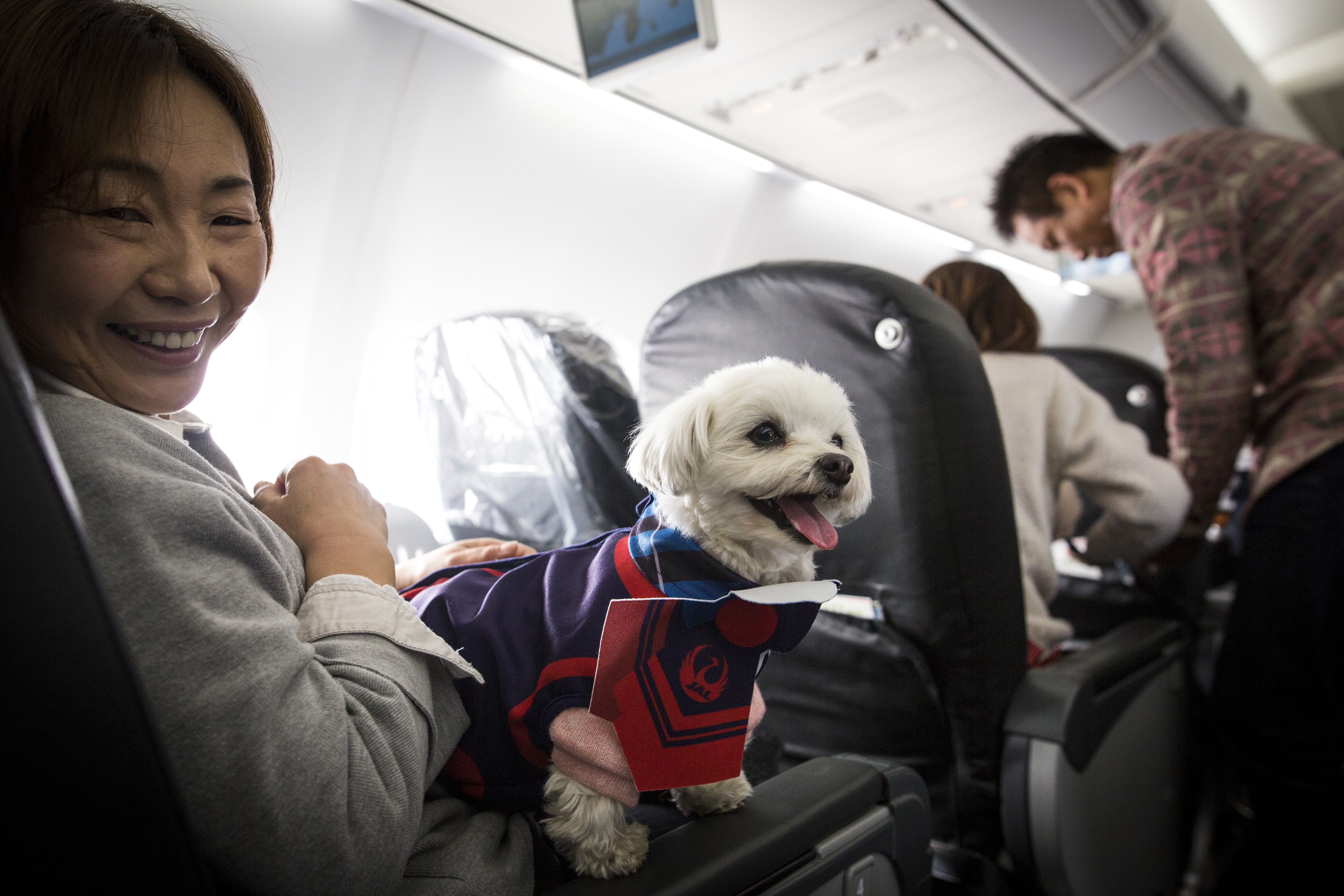Living with diabetes can be challenging, requiring constant monitoring of blood sugar levels and quick responses to fluctuations. For individuals with diabetes, having a diabetic service dog can provide invaluable assistance in managing this condition. In this comprehensive guide, we'll explore the techniques and challenges involved in training diabetic service dogs, highlighting the importance of these specially trained companions in helping individuals with diabetes live healthier, more independent lives.
Understanding Diabetic Service Dogs
Diabetic service dogs are trained to detect changes in their handler's blood sugar levels, whether it's hypoglycemia (low blood sugar) or hyperglycemia (high blood sugar). They use their keen sense of smell to detect fluctuations in the chemical compounds present in their handler's breath or sweat. Once they detect these changes, they are trained to alert their handler or caregivers, enabling them to take prompt action to stabilize their blood sugar levels.
The role of a diabetic service dog extends beyond just alerting to blood sugar fluctuations. These dogs also provide emotional support and companionship to their handlers, offering comfort during stressful situations and helping to alleviate anxiety related to managing diabetes. Additionally, they can assist with retrieving essential supplies such as glucose monitors, insulin, or snacks, further enhancing their utility and value to individuals with diabetes.
Training Techniques for Diabetic Service Dogs (Types of Tasks Performed by Diabetic Service Dogs)
Training diabetic service dogs involves several key techniques aimed at teaching them to detect changes in blood sugar levels and alert their handlers accordingly.
A. Scent Detection Training
One of the primary techniques used in training diabetic service dogs is scent detection. Dogs have an incredible sense of smell, allowing them to detect subtle changes in the scent of their handler's breath or sweat when blood sugar levels fluctuate. During scent detection training, dogs are taught to recognize these scent changes and associate them with specific behaviors, such as alerting their handler or retrieving necessary supplies.
Diabetic service dogs undergo rigorous training to recognize the subtle changes in scent associated with fluctuating blood sugar levels. They are trained to detect these changes in their handler's breath or sweat and alert them to potential highs or lows. This early warning system allows individuals to take corrective action, such as consuming glucose tablets or administering insulin, before serious complications arise.
B. Alerting Behaviors Training
Once dogs have learned to recognize the scent of fluctuating blood sugar levels, they are trained to exhibit specific alerting behaviors to notify their handlers. These behaviors may include pawing, nudging, or barking to get their handler's attention. Through consistent reinforcement and positive reinforcement techniques, dogs learn to reliably alert their handlers to potential highs or lows, enabling them to take appropriate action.
C. Retrieval Training
In addition to detecting changes in blood sugar levels, diabetic service dogs may also be trained to retrieve necessary supplies such as glucose monitors, insulin, or snacks. Retrieval training involves teaching dogs to recognize and retrieve specific items on command, providing their handlers with essential supplies in emergency situations.
Challenges in Training Diabetic Service Dogs
While training diabetic service dogs can be highly rewarding, it also comes with its challenges.
Variability in Individual Response to Scent Cues
One of the primary challenges in training diabetic service dogs is the variability in individual responses to scent cues. Each person's body chemistry is unique, meaning that scent profiles can vary significantly from one individual to another. This variability requires trainers to tailor their training methods to accommodate individual differences and ensure that dogs can effectively detect changes in blood sugar levels for their specific handler.
Distractions and Environmental Factors
Another challenge in training diabetic service dogs is maintaining focus in distracting environments. Dogs must be able to concentrate on their scent detection and alerting tasks even in busy or noisy environments. Trainers use desensitization techniques to gradually expose dogs to various distractions and teach them to remain focused on their tasks despite external stimuli.
Maintaining Consistency and Reliability in Alerting Behaviors
Ensuring consistency and reliability in alerting behaviors can also be challenging during diabetic service dog training. Dogs must learn to distinguish between true alerts and false alarms, avoiding unnecessary disruptions for their handlers. Continued reinforcement and practice are essential for maintaining the reliability of alerting behaviors in real-world situations.
Ongoing Training and Support
Training diabetic service dogs is an ongoing process that requires regular practice and reinforcement. Handlers and dogs must continue to work together to maintain and improve their skills over time. Providing ongoing support and guidance for handlers and dogs is essential for ensuring the success of the partnership and the well-being of both parties.
Training Recommended: Certified Intensive Diabetic Alert Service Dog Training Course
Training diabetic service dogs requires patience, dedication, and a thorough understanding of both the techniques involved and the challenges faced. Despite the challenges, the benefits of having a diabetic service dog are immeasurable for individuals with diabetes, providing them with greater independence, security, and peace of mind in managing their condition. By understanding the training techniques, addressing the challenges, and providing ongoing support, individuals with diabetes can successfully train and integrate diabetic service dogs into their lives, enhancing their quality of life and well-being.













